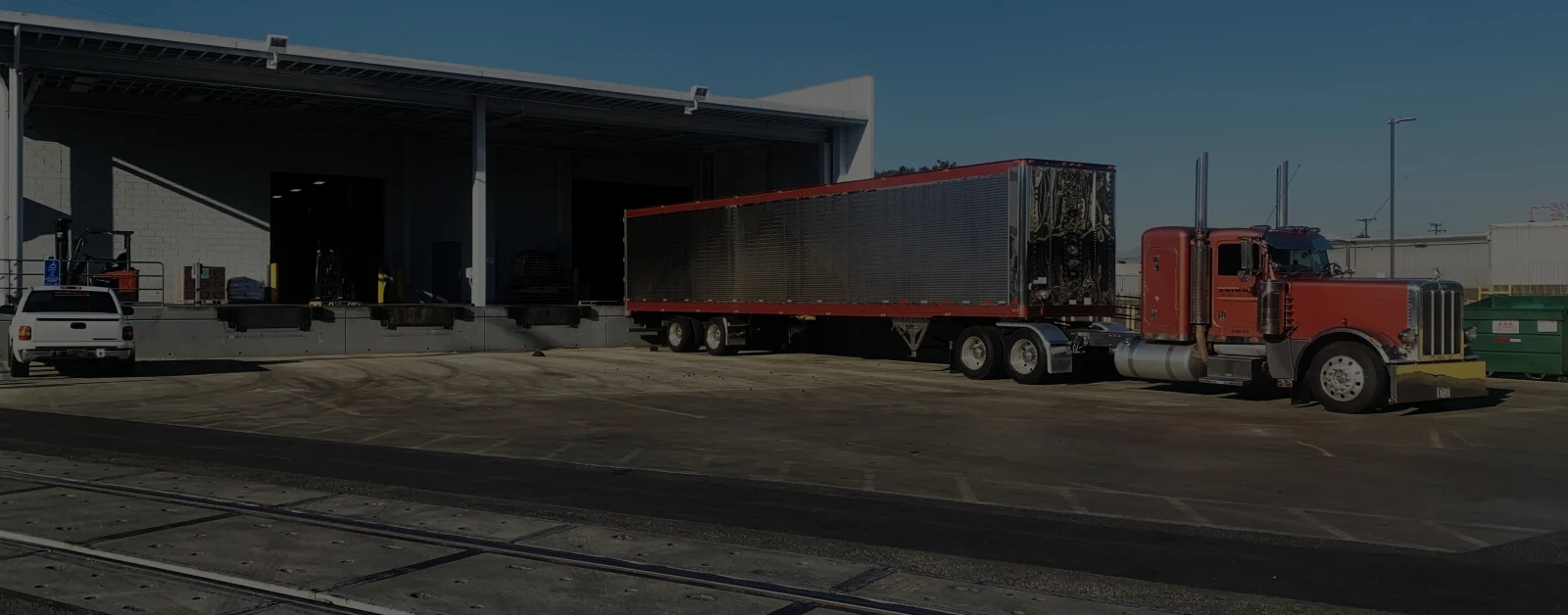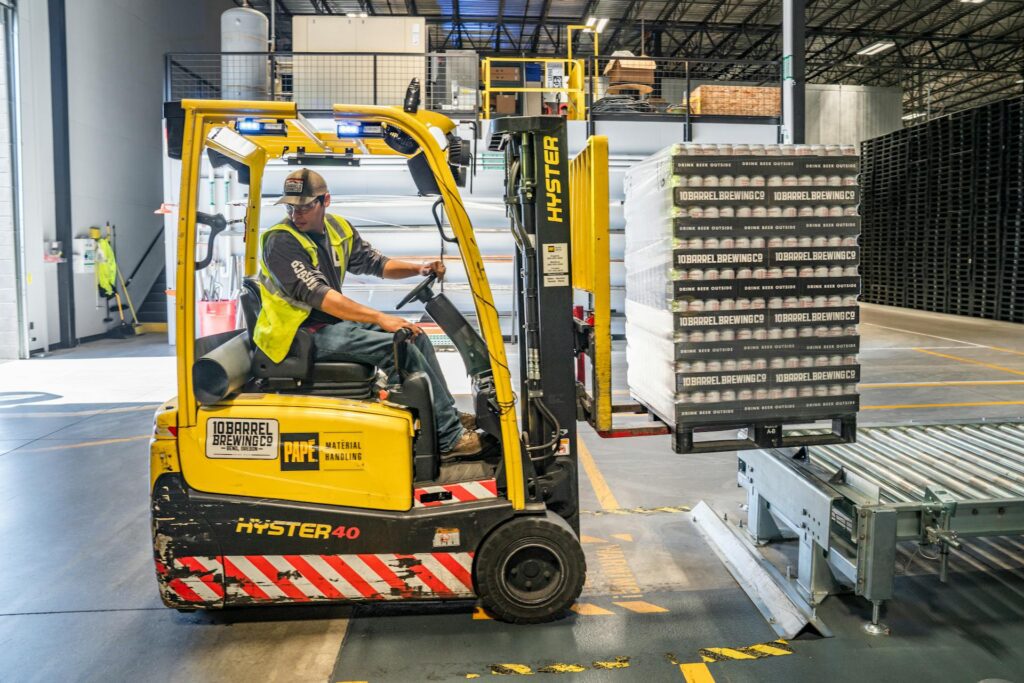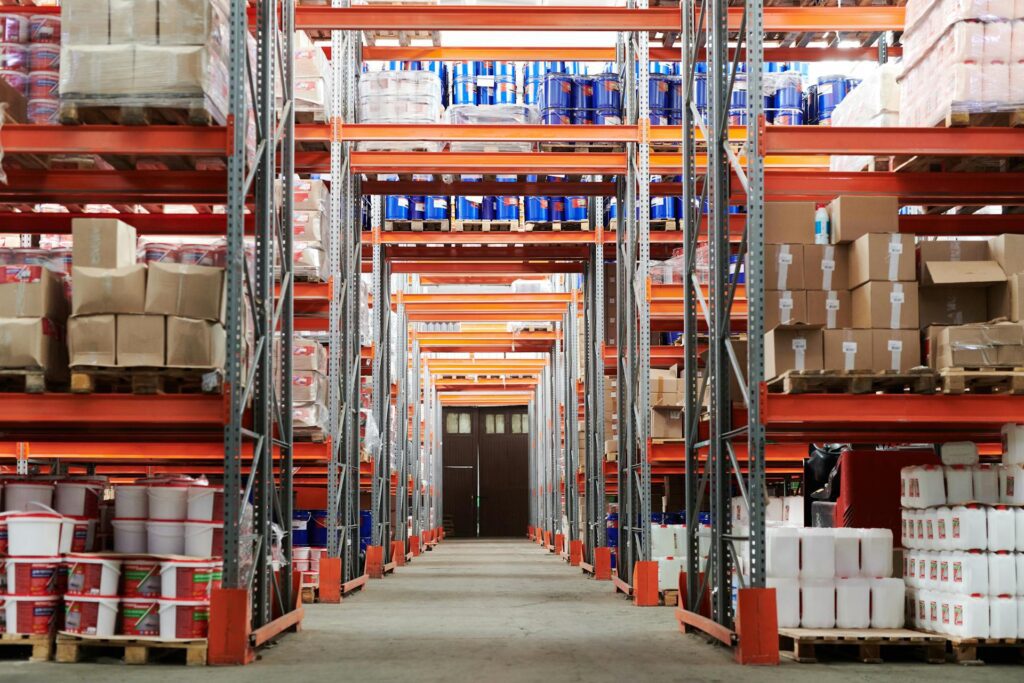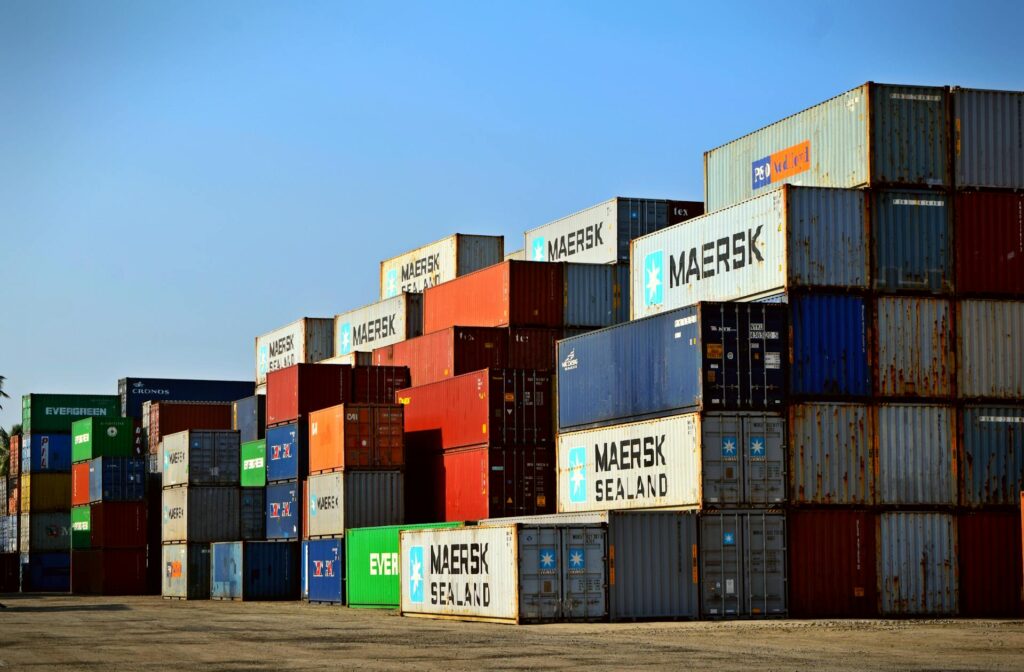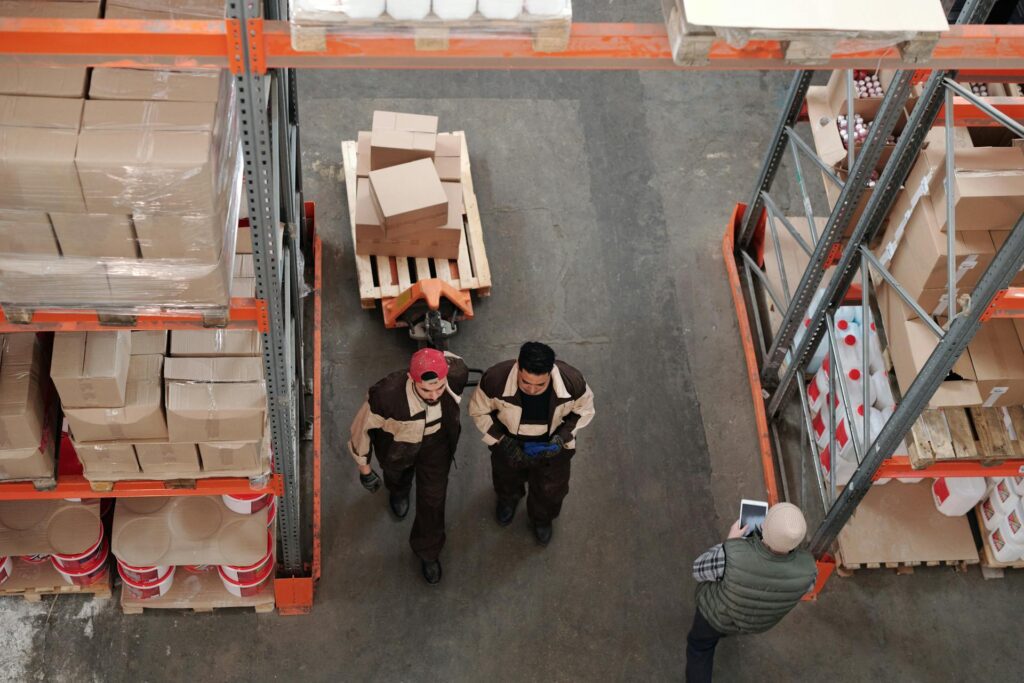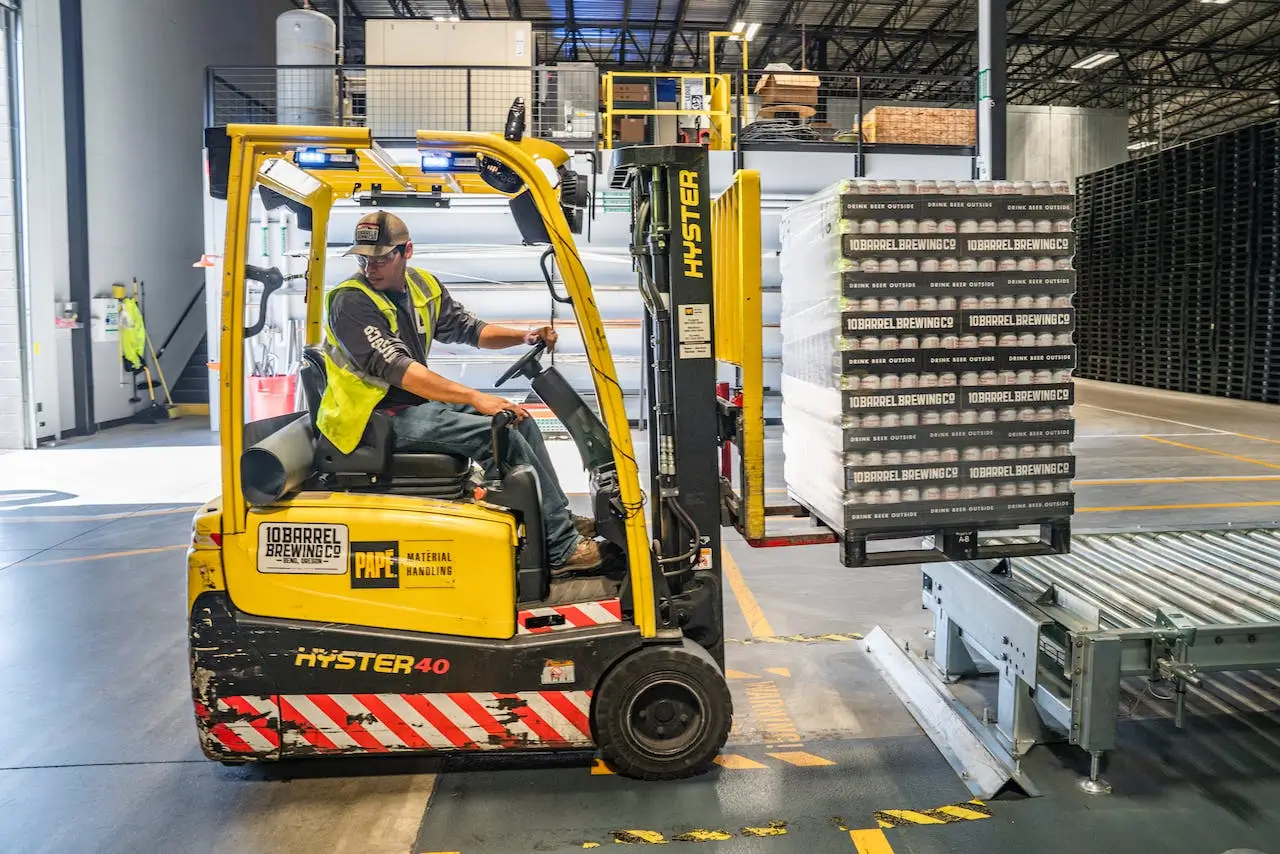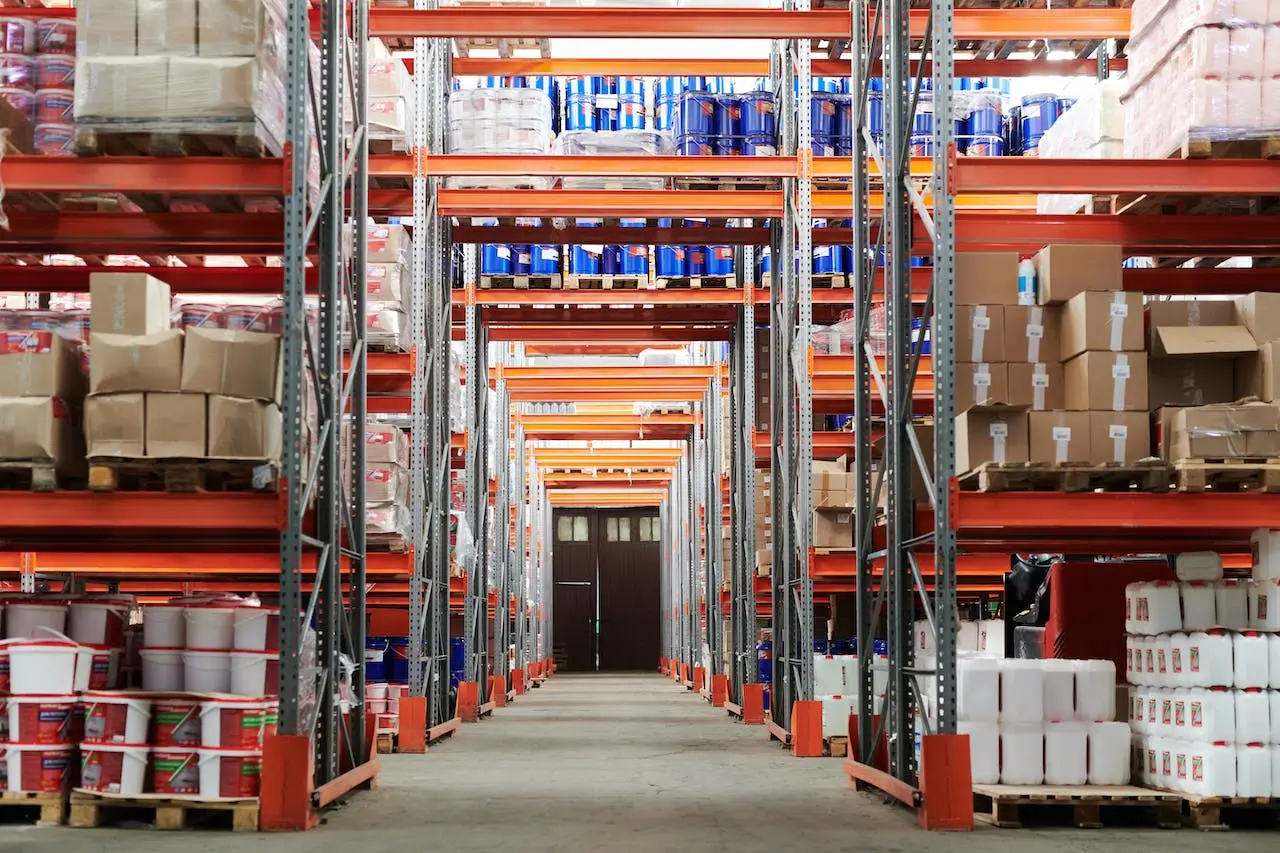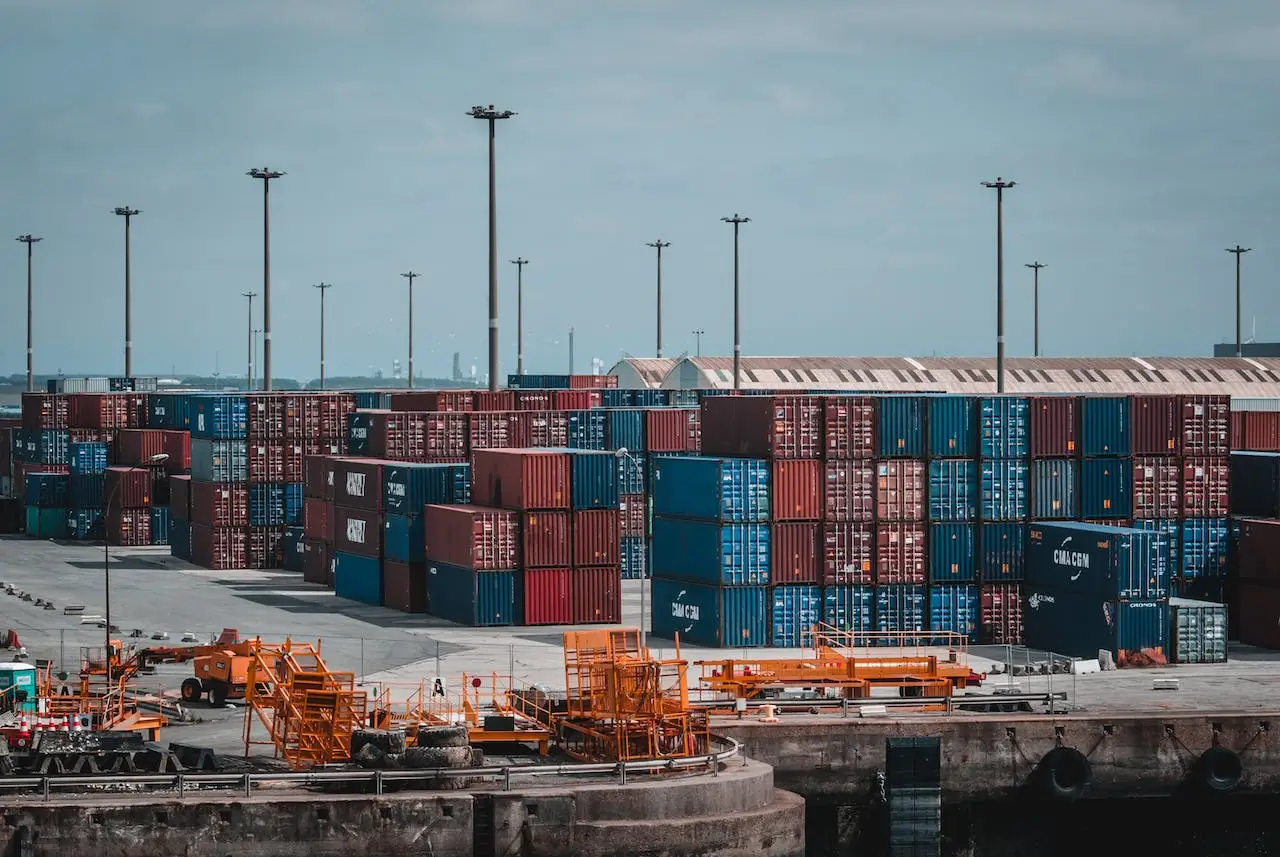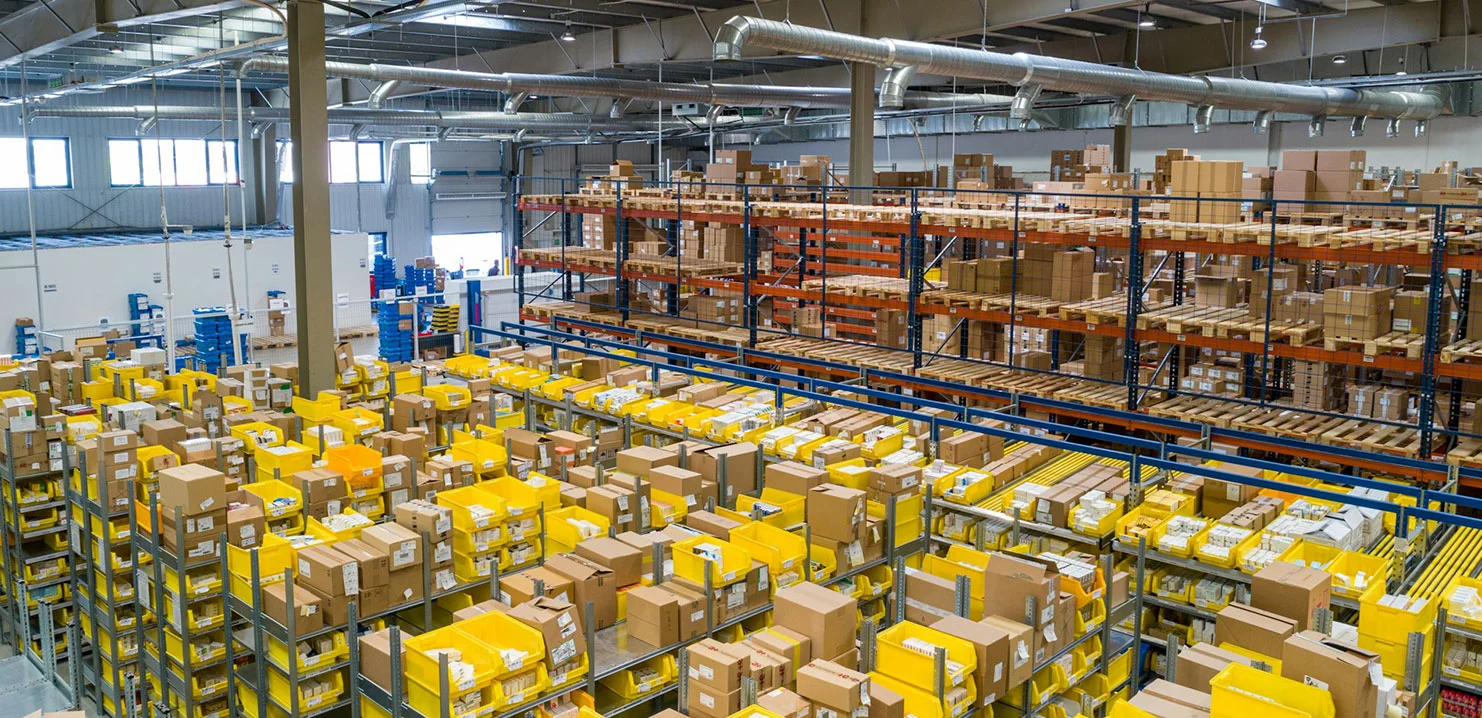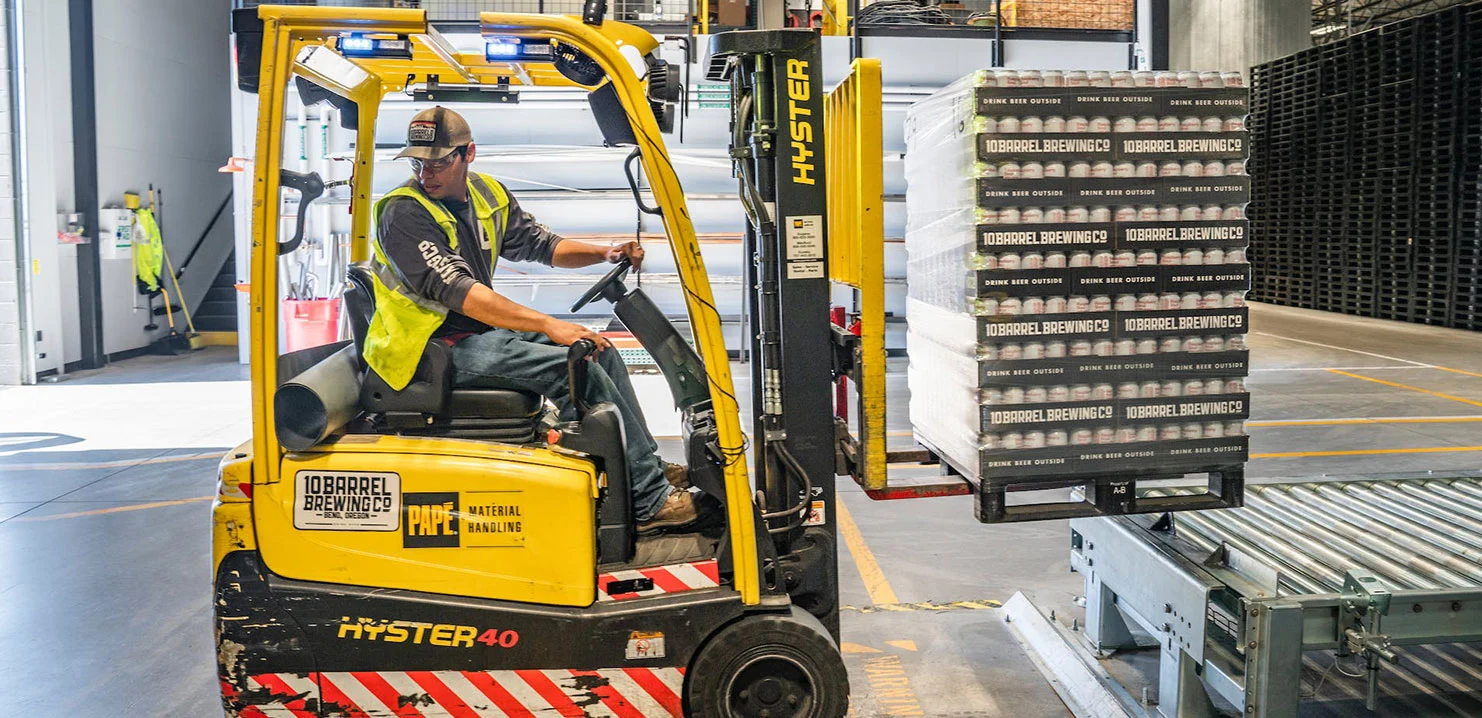Navigating Peak-Season Logistics: 3PL Solutions for Success

As consumer goods businesses gear up for the peak season, they encounter a dramatic increase in logistics demand—often surging by as much as 30%. This sudden increase in demand not only stretches in-house fulfillment operations to their limits but also complicates delivery schedules significantly. Third-party logistics (3PL) solutions play a vital role in helping these businesses deal with evolving peak-season challenges, enhancing operational efficiency, and boosting customer satisfaction.
Here are some insights on how you can navigate peak season logistics and ensure success.
Understanding the Challenges of Peak Season
Peak consumer season often means navigating a complex landscape of increased traffic, heightened customer expectations, and the urgent need for precise inventory management to avoid critical shortfalls or excess. To understand how these challenges can impact your business operations, it’s important to know what to expect:
- Increased Order Volume: The spike in orders during peak seasons can push existing 3PL logistics solutions that aren’t designed for scalability to their breaking points. Businesses often face inventory shortages, leading to lost sales and customer dissatisfaction. This heightened demand highlights the shortcomings of traditional logistics methods, proving them insufficient in handling critical peak periods.
- Labor Shortages: The surge in seasonal demand requires a larger workforce. However, quickly sourcing enough temporary staff remains a common struggle. The competitive labor market further complicates scaling operations efficiently, which is crucial for maintaining service quality.
- Shipping Bottlenecks: The rush to meet stringent delivery schedules strains all logistics players, from carriers to shipping companies. This often results in significant delivery delays, especially when customers expect prompt holiday deliveries, negatively impacting overall satisfaction.
- Customer Service Strain: Logistical issues, including delays and inventory errors, can quickly erode customer trust and satisfaction, which are essential for a brand’s reputation. Effective management using innovative 3PL solutions during these peak times is vital to avoid such pitfalls and retain customer loyalty.
The Power of 3PL Partnerships
Third-party logistics providers offer specialized services that turn peak-season logistics challenges into opportunities for growth and efficiency. One of the benefits of partnering with 3PLs is the scalable infrastructure they provide. With their extensive warehousing and distribution networks, they can quickly adjust dynamically to increasing inventory needs, enabling your business to enhance its capabilities without substantial capital investments.
3PL companies also employ seasoned professionals to handle large volumes of orders. This experienced workforce helps manage the surge in demand. With established connections throughout the logistics sector, the most established 3PL solutions providers are able to secure favorable terms and effectively manage capacity, even during the busiest seasons. They also use innovative technology to optimize order processing, inventory management, and decision-making to align with market demands.
Key 3PL Solutions for Peak Season Success
To address specific peak-season challenges, 3PL service providers implement various strategies. Here are some critical solutions for maintaining efficiency and service quality during high-demand periods:
Warehouse Optimization Strategies
3PLs enhance warehouse operations by employing advanced management techniques such as slotting optimization and transloading, which are essential for handling the increased demands of the peak season efficiently. By optimizing the arrangement of goods within the warehouse, businesses can minimize the movement of pallets and maximize space utilization.
This strategic organization allows for quicker access to high-demand items and streamlines the process of loading and unloading goods, which is especially critical when clients are responsible for all transportation logistics. Implementing a robust warehouse management system also helps in tracking inventory levels accurately, helping to avoid shortages or excess without the need for direct order fulfillment services.
Inventory Management Solutions
3PL solutions ensure optimal inventory levels, employing advanced forecasting and planning tools to prevent overstocking or stockouts, helping businesses meet peak-season logistics demands effectively. This is made possible by utilizing real-time inventory tracking software that integrates with your supply chain to adjust inventory levels based on trending data and predictive analytics. This helps in making quick replenishments and reduces the risk of stockouts.
Peak Season Staffing Strategies

Beyond providing additional personnel, 3PL providers offer flexible staffing solutions that allow them to scale their workforce efficiently, maintaining high service levels without disrupting ongoing operations. These strategies often involve cross-training employees to handle multiple roles within the warehouse environment, ensuring seamless operations even during fluctuations in demand.
For many 3PL solutions providers, strategic partnerships with staffing agencies also facilitate the rapid deployment of qualified workers during peak periods. This ensures that the workforce is always aligned with the current needs without permanent overhead increases.
Technology-Driven Fulfillment
3PL providers use state-of-the-art Warehouse Management Systems (WMS) and other technologies to streamline and enhance fulfillment processes, reducing errors and delays that could impact customer satisfaction. For instance, by integrating WMS tools into your operations, you can predict the best logistical solutions, including routes for your business. Automation in warehousing processes like sorting and labeling also further increases efficiency and reduces human error.
Get Started With the Right 3PL Partner
At Cummins Logistics, we specialize in delivering 3PL solutions tailored to meet the unique challenges of peak-season logistics – including month-to-month leasing options that adapt to seasonal demand. With our logistics expertise, we design solutions that precisely fit your industry requirements, helping you optimize operations during both peak and off-peak seasons. Our warehouse facilities are FDA-approved, and with our cloud-based inventory management system, you can monitor your products in real-time, ensuring seamless storage to distribution transitions.
Talk to an expert to explore how our tailored 3PL services can transform your logistics and help you excel in a competitive market.

